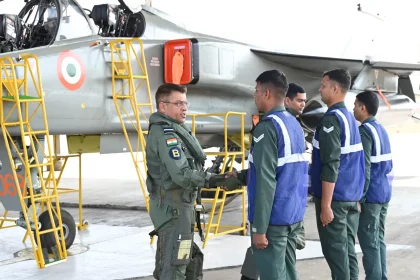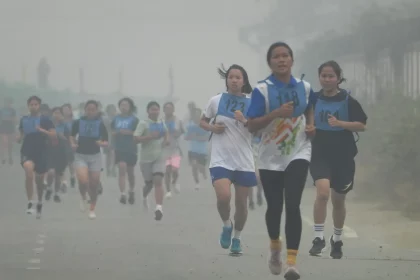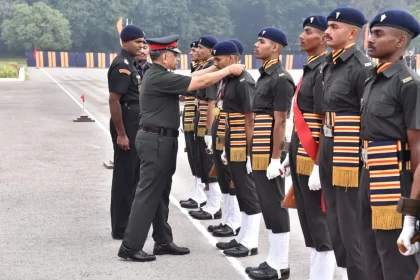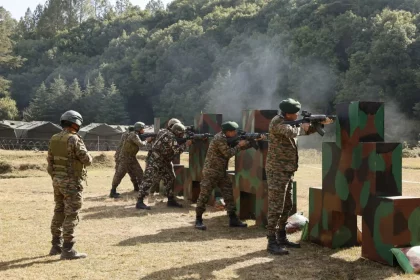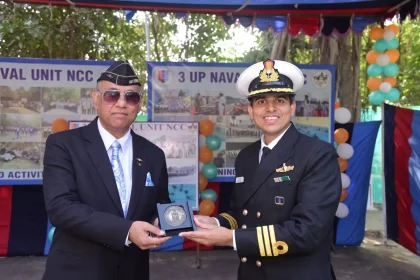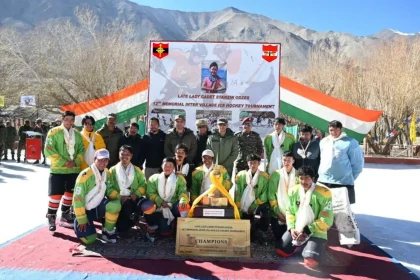Air Marshal Nagesh Kapoor Visits Air Force Station Bhuj, Flies Jaguar Sortie and Reviews Cybersecurity, Ops Readiness
Air Marshal Nagesh Kapoor Visits Air Force Station Bhuj.
Territorial Army Opens Doors for Women in Historic Recruitment Rally at Imphal
Historic recruitment rally in Imphal welcomes women to the Territorial Army for the first time.
Agniveer Batches Pass Out with Pride at Hyderabad and Secunderabad Training Centres
Young Agniveers complete 31 weeks of rigorous training, ready to serve the nation with pride.
Lieutenant General Anindya Sengupta Reviews Joint India–Nepal Training at Foreign Training Node Pithoragarh
Lt Gen Sengupta lauds interoperability and technological integration at FTN Pithoragarh.
3 UP Naval Unit NCC Marks Navy Day 2025 with Patriotic Fervour in Lucknow
Boat Pool comes alive with patriotic zeal as cadets honour India’s naval legacy.
Young Athletes Shine at Late Lady Cadet Stanzin Odzes Memorial Ice Hockey Championship in Ladakh
Frozen Courage, Eternal Legacy.

